Resilient PNT forum report
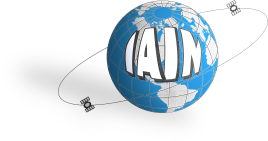
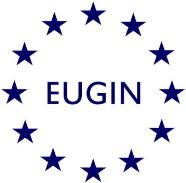
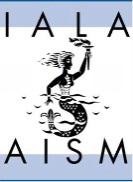
The Resilient PNT Forum was organised by the International Association of Institutes of Navigation (IAIN), the European Group of Institutes of Navigation (EUGIN) and the International Association of Marine Aids to Navigation and Lighthouse Authorities (IALA). Attendance was approximately 65, from the maritime, aviation and land transport sectors, as well as timing and finance.
Following the presentations in the opening session, Prof Brad Parkinson gave a short introduction to the discussion. He used the US situation to illustrate the difficulty of obtaining political commitment, in spite of the clear technical, economic and safety case for resilient PNT.
The discussion covered the broad topics: What is Resilient PNT? The Need for Resilient PNT, Strategy for Resilient PNT, Plan of Action and Conclusions. The report contains notes taken on those discussions.
ICAO annual safety report

The Montreal-based International Civil Aviation Organization (ICAO) released its annual Safety Report on 10th April, reflecting very positive global aviation safety outcomes for 2013.
The global accident rate came in at 2.8 per million departures versus 3.2 per million in 2012, representing a 13% decrease. The number of fatal accidents involving scheduled commercial operations remained steady at nine during 2013, with total fatalities down to 173 compared to 388 in 2012 – a 55% decrease. Using 2010 as a baseline, fatalities were down by 72%.
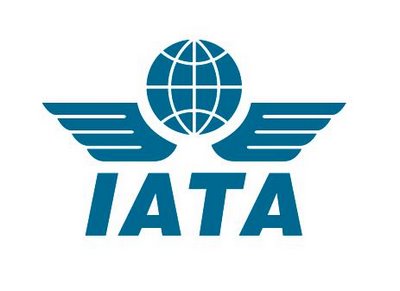 Building on their previous work in the area, ICAO and the International Air Transport Association (IATA) also published a comprehensive joint aviation safety analysis covering 2013 in their reports – a first for both organizations.
Building on their previous work in the area, ICAO and the International Air Transport Association (IATA) also published a comprehensive joint aviation safety analysis covering 2013 in their reports – a first for both organizations.
Transas contract with Glasgow college
It was announced on 14th March that Transas Marine and City of Glasgow College had signed a contract to supply a simulation complex. The simulation centre in the Riverside campus which is under construction, will be one of the largest, the most up to date and most technically advanced simulation suite in the UK, it is claimed. Training courses are expected to start in Autumn 2015.
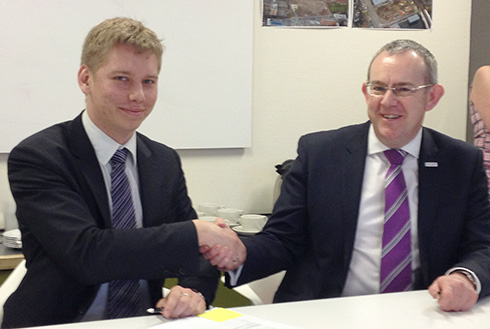 The signing of the contract between Transas Marine and City of Glasgow College
The signing of the contract between Transas Marine and City of Glasgow College
The ship simulator suite forms a core part of the new Riverside Campus and the complex nature of the equipment and fit out require a high degree of integration with the New Campus NPD Co., (the Scottish Government’s Non-Profit Distributing revenue funded procurement model) design. Transas provided technical integration input into the refinement of design for the New NPD Campus project.
The suite will include a full mission engine room simulator; simulator labs for studying of electronic navigation systems; GMDSS training; liquid cargo handling and DP operations’ training.
Two new Panama beacons
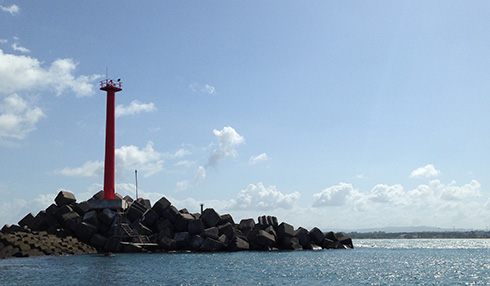
Aids to navigation specialist Almarin has carried out the design, manufacture and supply of two beacons for the access channel to Manzanillo Bay in the province of Colon (Panamá). The Spanish contractor Delta 9 awarded this project to Almarin, which involved the design and supply of 16metre focal plane ALT7 model towers, with corresponding lights, AIS systems and photovoltaic energy systems.
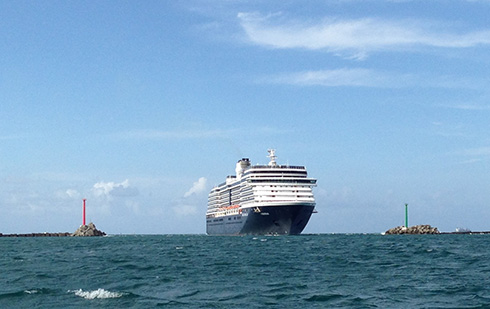
Galileo and electric propulsion
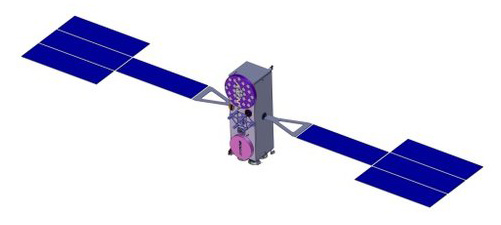 Galileo second generation – photo © ESA
Galileo second generation – photo © ESA
Future Galileo navigation satellites might adopt electric propulsion to reach their final orbits, with the weight savings offering larger payloads and a broader range of services in the 2020s, it was announced by ESA on 7th April 2014.
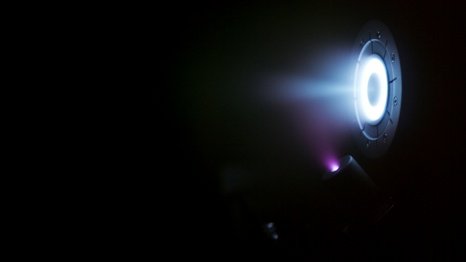 Electric thruster test – photo © ESA
Electric thruster test – photo © ESA
This would offer several advantages. Freeing up mass by doing without the rocket’s upper stage means more satellites could be carried by individual rocket: up to three by Soyuz, while Ariane 5s carrying commercial telecom satellites could piggyback a quartet as secondary passengers. The lightweight Vega launchers might loft individual satellites.
At the same time, the mass of each satellite could still increase – up to 1500 kg or more from the current 700 kg. Enlarging the satellite would enable an expanded navigation payload to support a greatly extended range of Galileo services.
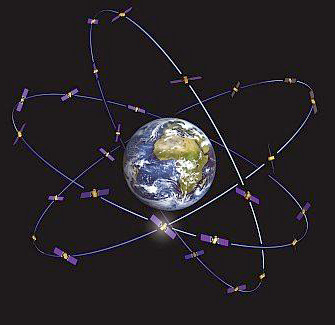 Galileo’s three orbital planes – photo © ESA
Galileo’s three orbital planes – photo © ESA
ESA launches Sentinel-1A
The ability of European citizens, policymakers and service providers to access key environmental data on a routine basis will take a major step forward following the launch on 3rd April of ESA’s Sentinel-1A satellite. This 2.3 tonne satellite lifted off on a Soyuz rocket from Europe’s Spaceport in Kourou, French Guiana at 2102 GMT (2302 CEST).
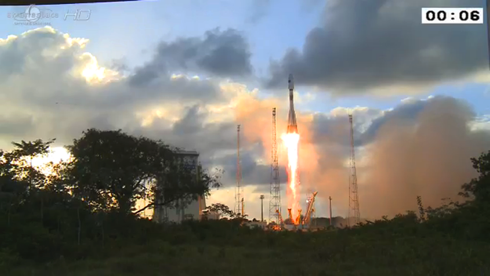 Sentinel-1A lift off – photo © ESA
Sentinel-1A lift off – photo © ESA
“Sentinel-1A opens a new page in the implementation of Copernicus, the second
EU flagship space initiative, after the Galileo positioning system,” said Jean-Jacques Dordain, Director General of ESA. “The Copernicus programme will provide European citizens with the most ambitious space-based services in the world for environmental and security applications.”
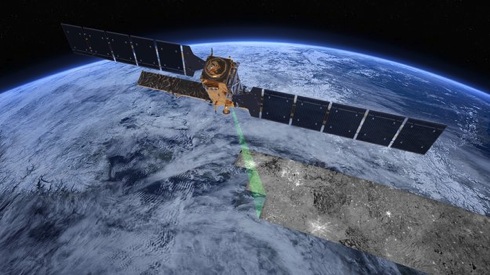 Radar vision – photo © ESA
Radar vision – photo © ESA
Kongsberg Seatex ‘Blue Force’ AIS
 The AIS 300BF is tailor-made for vessels undertaking demanding coast guard, anti-piracy, navy and border police operations – © Torbjørn Kjosvold – Forsvarets mediearkiv
The AIS 300BF is tailor-made for vessels undertaking demanding coast guard, anti-piracy, navy and border police operations – © Torbjørn Kjosvold – Forsvarets mediearkiv
Kongsberg Seatex, a Kongsberg Maritime subsidiary and a global leader in the development and production of precision technology for marine applications, has announced the launch of a new generation of Blue Force (BF) Automatic Identification Systems (AIS), the AIS 300BF.
This AIS 300BF is tailor-made for vessels undertaking demanding coast guard,
anti-piracy, navy and border police operations. Simple to install and maintain, the Class A mobile station allows friendly forces to identify vessels, while restricting the transmission of their own AIS information.
 The AIS 300BF supersedes the current AIS 200BF unit
The AIS 300BF supersedes the current AIS 200BF unit
Galileo solar arrays
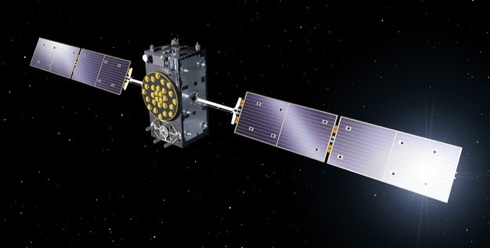 A typical Galileo satellite – photo © ESA
A typical Galileo satellite – photo © ESA
On 24th March the European Space Agency (ESA) introduced the solar arrangements for Europe’s Galileo satellites currently testing navigation messages.
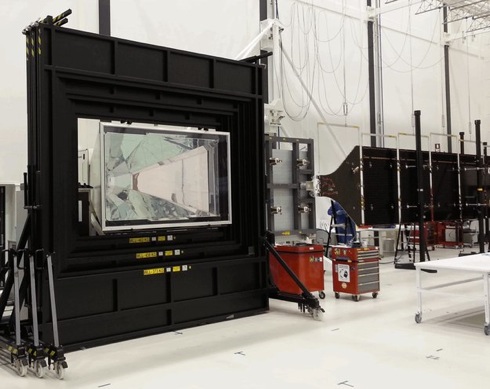 Sun simulator for flash testing – photo © ESA
Sun simulator for flash testing – photo © ESA
A pair of 5 metre-long solar arrays supply 1.9 kilowatts of power – about the same as an average household’s consumption, it is understood. These arrays are sourced from the Dutch Space company in The Netherlands.
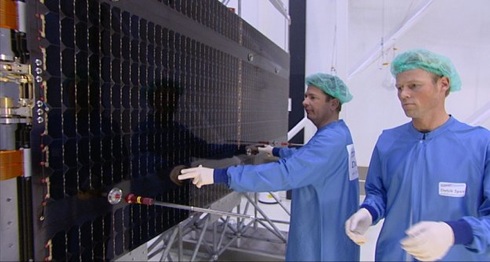 Inspecting solar wings – photo © ESA
Inspecting solar wings – photo © ESA
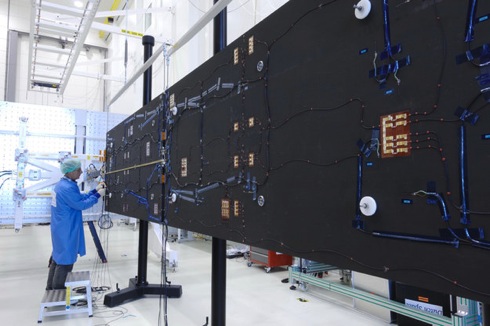 Solar wings on Galileo satellite – photo © ESA
Solar wings on Galileo satellite – photo © ESA
New Galileo station in The Azores
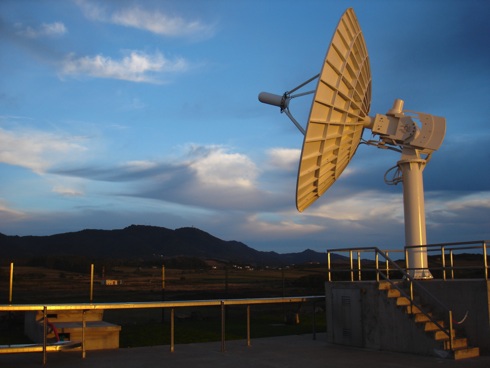 Santa Maria Station – photo © ESA
Santa Maria Station – photo © ESA
The latest addition to Galileo’s worldwide ground infrastructure has been made in the mid-Atlantic, on Portugal’s Santa Maria island in the Azores, it was reported from ESA on 27th March.
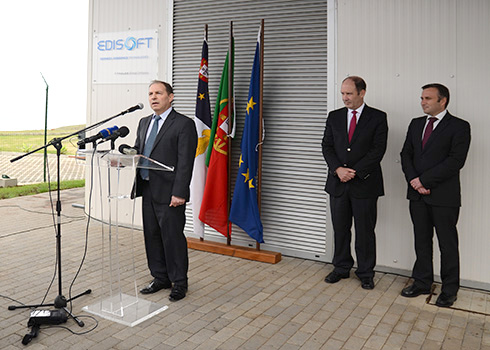 Opening ceremony – photo © ESA
Opening ceremony – photo © ESA
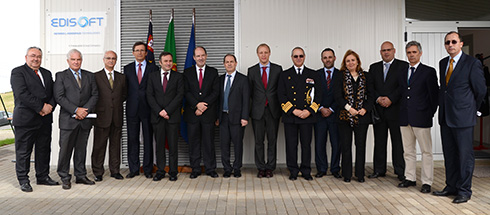 Ceremony participants – photo © ESA
Ceremony participants – photo © ESA
This new Galileo Sensor Station joins a far-flung network of stations monitoring signal quality, clock timings and positioning of the Galileo satellites orbiting Earth.
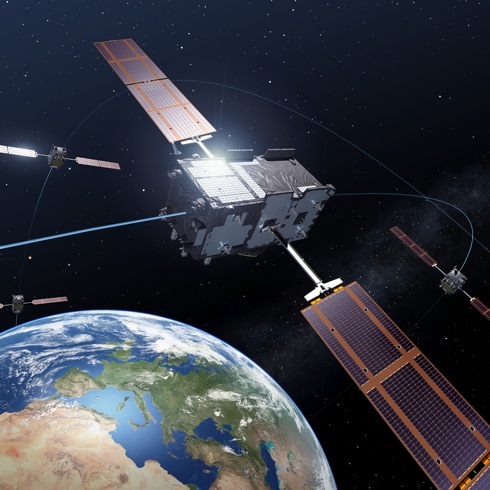 Europe’s Galileo satnav system – photo © ESA
Europe’s Galileo satnav system – photo © ESA
Melaha 2014 – Resilience Navigation
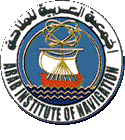 Details have been received from the Arab Institute of Navigation (AIN), its Organising Committee and the Scientific Committee, in respect of MELAHA 2014 Annual Conference with the theme Resilience Navigation, to be held in the Radisson Blu Hotel, Alexandria, Egypt from 1st to 3rd September 2014.
Details have been received from the Arab Institute of Navigation (AIN), its Organising Committee and the Scientific Committee, in respect of MELAHA 2014 Annual Conference with the theme Resilience Navigation, to be held in the Radisson Blu Hotel, Alexandria, Egypt from 1st to 3rd September 2014.
Resilience Navigation will offer an ideal opportunity to pursue continuing navigational education and learn about recent advances, future developments and research avenues, and exchange scientific ideas and experiences.
ACCSEAS 2014 conference

ACCSEAS, an EU-funded project to support improved maritime access to the North Sea Region through minimising navigational risk, welcomed over more than 80 regional and international shipping experts to Edinburgh for its second Annual Conference, held in March.
This event presented an array of e-Navigation test-bed solutions, all of which are aimed at increasing accessibility and improving navigational safety in the increasingly busy shipping waters of the North Sea Region.
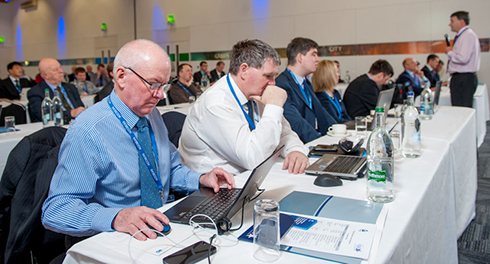
Eurocontrol go-ahead for centralised services
 At the end of February it was announced from Brussels that the 40 EUROCONTROL Member States have decided to go ahead with developing, setting up and demonstrating six Centralised Services.
At the end of February it was announced from Brussels that the 40 EUROCONTROL Member States have decided to go ahead with developing, setting up and demonstrating six Centralised Services.
Centralised Services deal with ATM data and support the Air Traffic Control technology stemming from the Single European Sky Research and Development Program (SESAR). They are being put in place on a central pan-European basis to cover the airspace of the 40 EUROCONTROL Member States.
ICAO Canadian meeting

On 7th March senior officials from the International Civil Aviation Organization (ICAO) met with Canadian Foreign Affairs Minister, John Baird, and other government officials from Canada, Québec and Montréal for annual high-level talks.
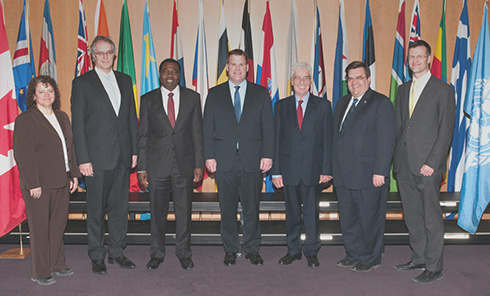 Shown on the occasion from left to right: Helena Borges, Associate Deputy Minister of Transport, Canada; Michel Audet, Deputy Minister of International Relations, La Francophonie and External Trade, Québec; Dr. Olumuyiwa Benard Aliu, President of the ICAO Council; The Honourable John Baird, Minister of Foreign Affairs, Canada; Raymond Benjamin, Secretary General of ICAO; Denis Coderre, Mayor of Montréal; and Mark Allen, Representative of Canada on the ICAO Council
Shown on the occasion from left to right: Helena Borges, Associate Deputy Minister of Transport, Canada; Michel Audet, Deputy Minister of International Relations, La Francophonie and External Trade, Québec; Dr. Olumuyiwa Benard Aliu, President of the ICAO Council; The Honourable John Baird, Minister of Foreign Affairs, Canada; Raymond Benjamin, Secretary General of ICAO; Denis Coderre, Mayor of Montréal; and Mark Allen, Representative of Canada on the ICAO Council
Turbulence and high-capacity transport aircraft
Over the recent summer months, the ATSB has seen an unprecedented increase
in turbulence events. The Australian Transport Safety Bureau’s monitoring of
the latest aviation events has revealed a significant increase in the number of
weather-related occurrences involving high-capacity air transport aircraft.
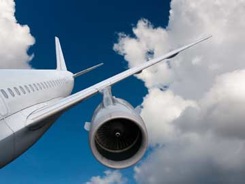
Turbulence being the leading cause of in-flight injuries to passengers and
cabin crew, the ATSB has produced a booklet, Staying Safe against In-flight
Turbulence, which is available for free download.
AIS vulnerability

Research results have been published recently showing that AIS information provided on internet sites can be spoofed – that is false information can be presented, including the names and other details of vessels, their position and status.
These vulnerabilities have, in fact, been well-known since the early days of AIS and maritime administrations do not rely on these internet sites for the services they provide. However, this publicity may result in organisations in the international navigation community facing questions. The following briefing note may assist in answering those questions.
Tideland products for Kittiwake platform
In mid-March Tideland Signal reported that it had supplied Petrofac with Syncrolan LED light stations and fog signals to mark the Kittiwake platform in the central North Sea 160km north east of Aberdeen.
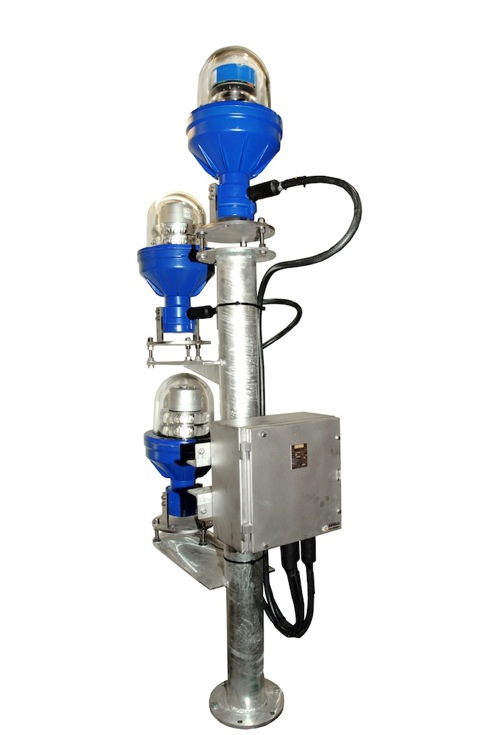 Syncrolan Light Station
Syncrolan Light Station
EU r&d project to demonstrate unique transport security model
 ARENA was specifically developed to enable the automatic detection and recognition of threats against trucks…
ARENA was specifically developed to enable the automatic detection and recognition of threats against trucks…
A practical demonstration of the ARENA R&D project, part funded by the EU, will be delivered at Sagem’s premises in Massy, Paris, on 16th April 2014.
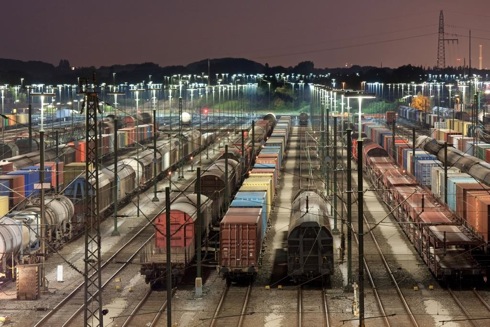 …trains…
…trains…
ARENA (Architecture for Recognition of thrEats to mobile assets using Networks of Affordable sensors) was specifically developed to enable the automatic detection and recognition of threats against mobile critical assets such as trucks, trains and ships, as well as off shore platforms. ARENA uses multisensory data analysis and will be showcased by the project team using a truck.
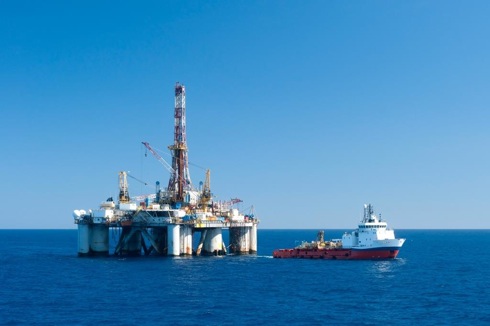 …offshore platforms…
…offshore platforms…
Specific objectives of the ARENA project include the demonstration of robust threat detection for the land scenario and an integrated, scalable and easy to deploy monitoring system. These two objectives will be met at the event.
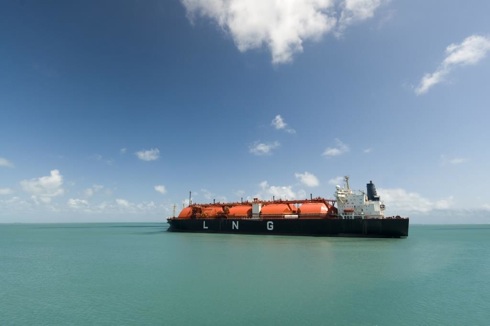 …and shipping using multisensory data analysis and where the surveillance model robustly and autonomously detects threats to these assets.
…and shipping using multisensory data analysis and where the surveillance model robustly and autonomously detects threats to these assets.
NTSB offers assistance to Malaysia
 On 8th March the US National Transportation Safety Board NTSB reported that it had a team of investigators en route to Asia to be ready to assist with the investigation of that day’s Malaysia Airlines Flight 370 event. The Boeing 777 went missing on a flight from Kuala Lumpur to Beijing.
On 8th March the US National Transportation Safety Board NTSB reported that it had a team of investigators en route to Asia to be ready to assist with the investigation of that day’s Malaysia Airlines Flight 370 event. The Boeing 777 went missing on a flight from Kuala Lumpur to Beijing.
ICAO’s Dr Assad Kotaite dies at age 89

Universally recognized as one of the most prominent and respected figures in the world of civil aviation, Council President Emeritus of the International Civil Aviation Organization (ICAO), Dr. Assad Kotaite, died on 27th February at the age of 89.
A respected leader and visionary who devoted his life to the safe and orderly growth of international civil aviation throughout the world, Kotaite’s remarkable career mirrored the evolution of ICAO for over half a century. He was also deeply instrumental in promoting the critical role of air transport as a driver of economic, social and cultural development worldwide.

ICAO launches new runway safety iKit

On 5th March ICAO announced from its HQ in Montreal that in line with its ongoing co-operative efforts to resolve what remains the number one priority for global aviation safety experts, it has released a new Runway Safety Implementation Kit (iKit), developed in collaboration with a number of international organizations including IATA, IFALPA, EASA and EUROCONTROL.
Sealite news
In February 2014 marine aids to navigation manufacturer Sealite United Kingdom Ltd relocated to a larger facility at 11 Pinbush Road, Lowestoft, Suffolk.
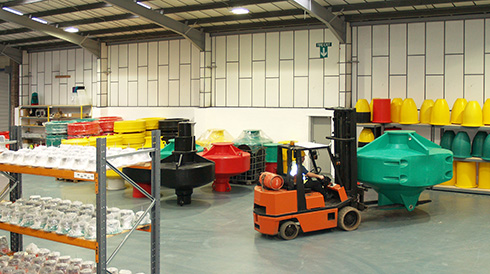 New larger facility for Sealite in the UK
New larger facility for Sealite in the UK
Towards the end of February Sealite reported that a major European port had selected the company’s high-precision LED port entry light, fitted with GSM for remote monitoring.
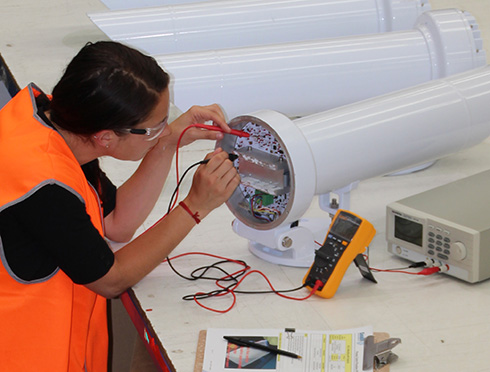 Sealite’s LED port entry light (PEL)
Sealite’s LED port entry light (PEL)
In recent weeks Sealite announced that its Nautilus ocean buoy with a three to five nautical mile range with marine lantern had been established at the Scroby Sands Wind Farm.
 A Sealite Nautilus ocean buoy with 3 to 5 NM marine lantern was recently established at the Scroby Sands Wind Farm, east coast of England
A Sealite Nautilus ocean buoy with 3 to 5 NM marine lantern was recently established at the Scroby Sands Wind Farm, east coast of England
Signals from a speeding satellite
Soaring high above Earth as they speed through space, satellites are difficult
targets to track, said ESA in a paper issued on 7th March. Now a new approach
developed in Europe is helping ground stations to acquire signals faster and
more accurately than ever before.
Says Magdalena Martinez de Mendijur, a systems engineer at ESA’s Operations Centre in Germany: “If the antenna is not pointed perfectly, or if the satellite zips by out of its field of view before acquisition, the signal could be missed altogether.”
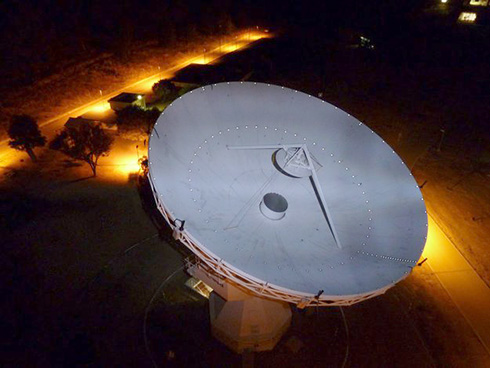 Upgraded station in Spain
Upgraded station in Spain
That’s where SARAS – a Spanish acronym for ‘Fast Acquisition of Satellites and Launchers’ – is making a huge difference. The system mounts a circular array of eight small radio-frequency sensors around the rim of an existing dish antenna.
 New antenna array
New antenna array
e-Navigation architecture workshop
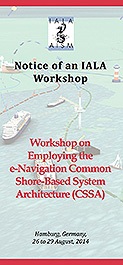
IALA with the German Federal Waterways and Shipping Administration is hosting a workshop on employing the e-Navigation Common Shore-Based System Architecture (CSSA) to be held in Hamburg from 26th to 29th August 2014.
In recent years IALA has been heavily engaged in developing the IMO e-Navigation concept including aspects of e-Navigation architecture. This workshop will cover subjects related to the CSSA and its individual services including implementation options, cost, quality, organisation for life cycle management and Maritime Service Portfolios (MSPs).
ESA’s Sentinel-1A radar satellite
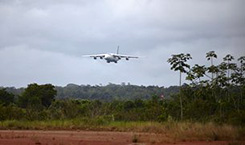 Sentinel-1 arrival at Europe’s Spaceport in French Guiana
Sentinel-1 arrival at Europe’s Spaceport in French Guiana
The European Space Agency reported on 25th February that its Sentinel-1A radar satellite had arrived at Europe’s Spaceport in French Guiana to be prepared over the coming weeks for launch on 3rd April. Its launch will mark a new shift in Earth observation, focusing on operational missions to support users for decades to come.
 Sentinel-1 being unloaded
Sentinel-1 being unloaded
This first mission carries an advanced radar sensor to image Earth’s surface
through cloud and rain and regardless of whether it is day or night.
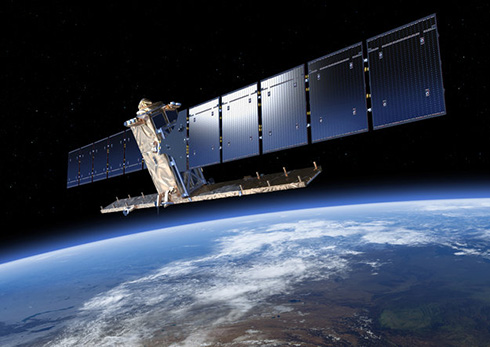 Sentinel-1 will be carried by the Soyuz rocket into space
Sentinel-1 will be carried by the Soyuz rocket into space
NATO’s submarine capacities in Dynamic Mongoose-14
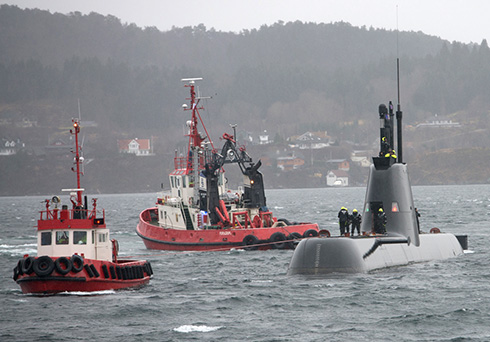 Portuguese submarine berthing in Bergen Naval Base
Portuguese submarine berthing in Bergen Naval Base
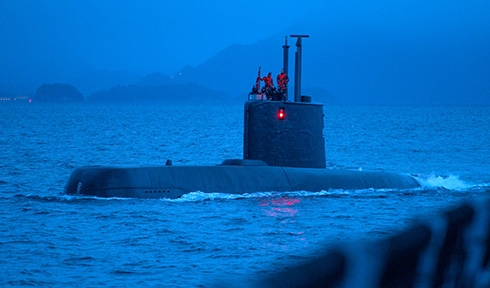 Norwegian submarine in the fjord near Bergen
Norwegian submarine in the fjord near Bergen
 It was reported from Bergen, Norway, on 21st February that NATO’s submarine warfare Exercise DYNAMIC MONGOOSE 2014 (DMON 14) had been concluded that day off the coast of Norway, as the ships, submarines, aircraft and personnel from eight participating Allied nations wrapped up the simulations and began to take stock of the lessons the exercise provided for future operations.
It was reported from Bergen, Norway, on 21st February that NATO’s submarine warfare Exercise DYNAMIC MONGOOSE 2014 (DMON 14) had been concluded that day off the coast of Norway, as the ships, submarines, aircraft and personnel from eight participating Allied nations wrapped up the simulations and began to take stock of the lessons the exercise provided for future operations.
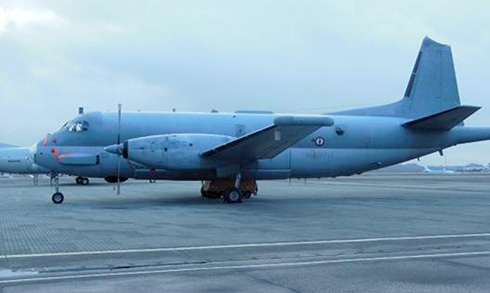 French Atlanta 2 ASW patrol aircraft on the tarmac at Sola Airport, Stavanger
French Atlanta 2 ASW patrol aircraft on the tarmac at Sola Airport, Stavanger
Rough weather provided a challenging environment for the participants, who were given the opportunity to train for a variety of high end maritime warfighting skills. During the exercise, participating surface ships also had the opportunity to conduct difficult manoeuvres involved in replenishment-at-sea (RAS) training.
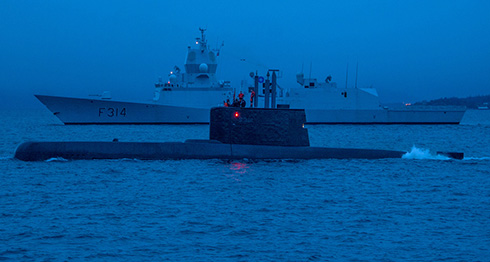 Norwegian submarine and HNoMS Thor Heyerdahl in the fjord near Bergen
Norwegian submarine and HNoMS Thor Heyerdahl in the fjord near Bergen
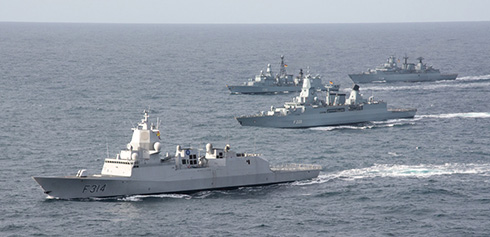 SNMG1 Flagship HNoMS Thor Heyerdahl (F314) followed by FGS Hamburg
SNMG1 Flagship HNoMS Thor Heyerdahl (F314) followed by FGS Hamburg
(F220), FGS Augsberg (F213) and FGS Mecklenberg-Vorpommern (F218)
 Captain Steinweller (CO FGS Magdeburg) at left, and Commodore Stensønes
Captain Steinweller (CO FGS Magdeburg) at left, and Commodore Stensønes
(COM SNMG1) attending a manoeuvre briefing by the Navigating Officer
 FS Primaguet
FS Primaguet
